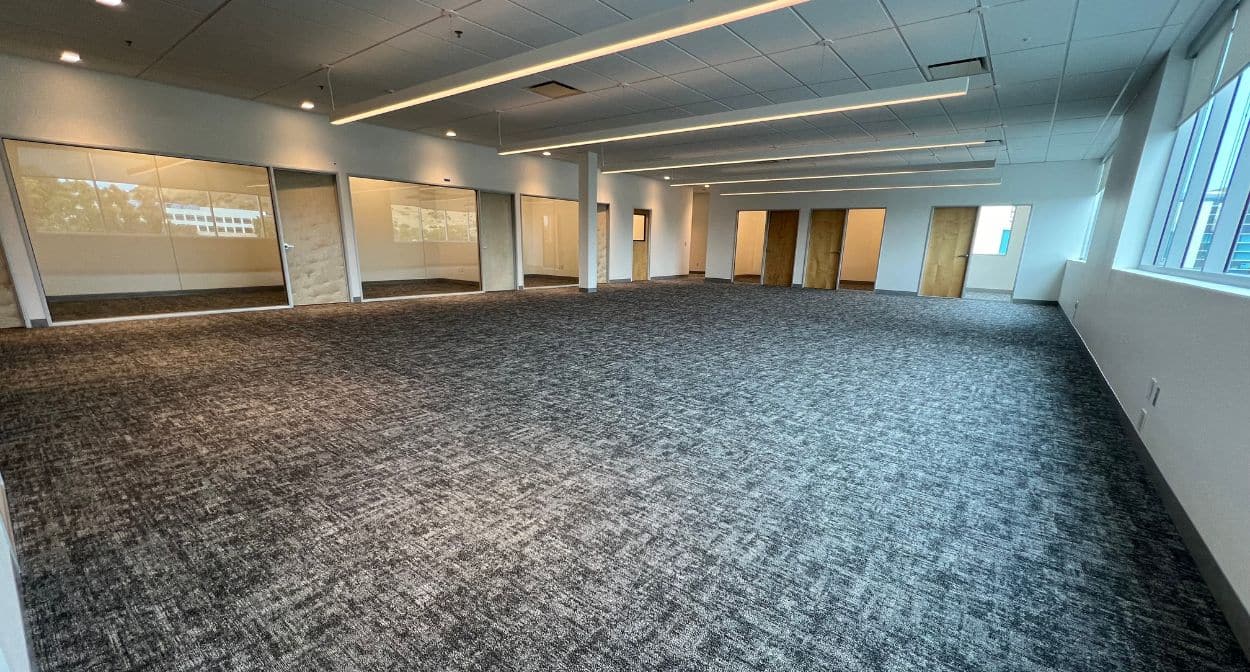While the cost of construction cleaning may vary depending on the size, scope, and complexity of the project, there are consistent factors that influence pricing.
In this article, we’ll break down the primary cost factors in construction cleaning, helping you make informed decisions and streamline your project planning.
1. Size of the Construction Site
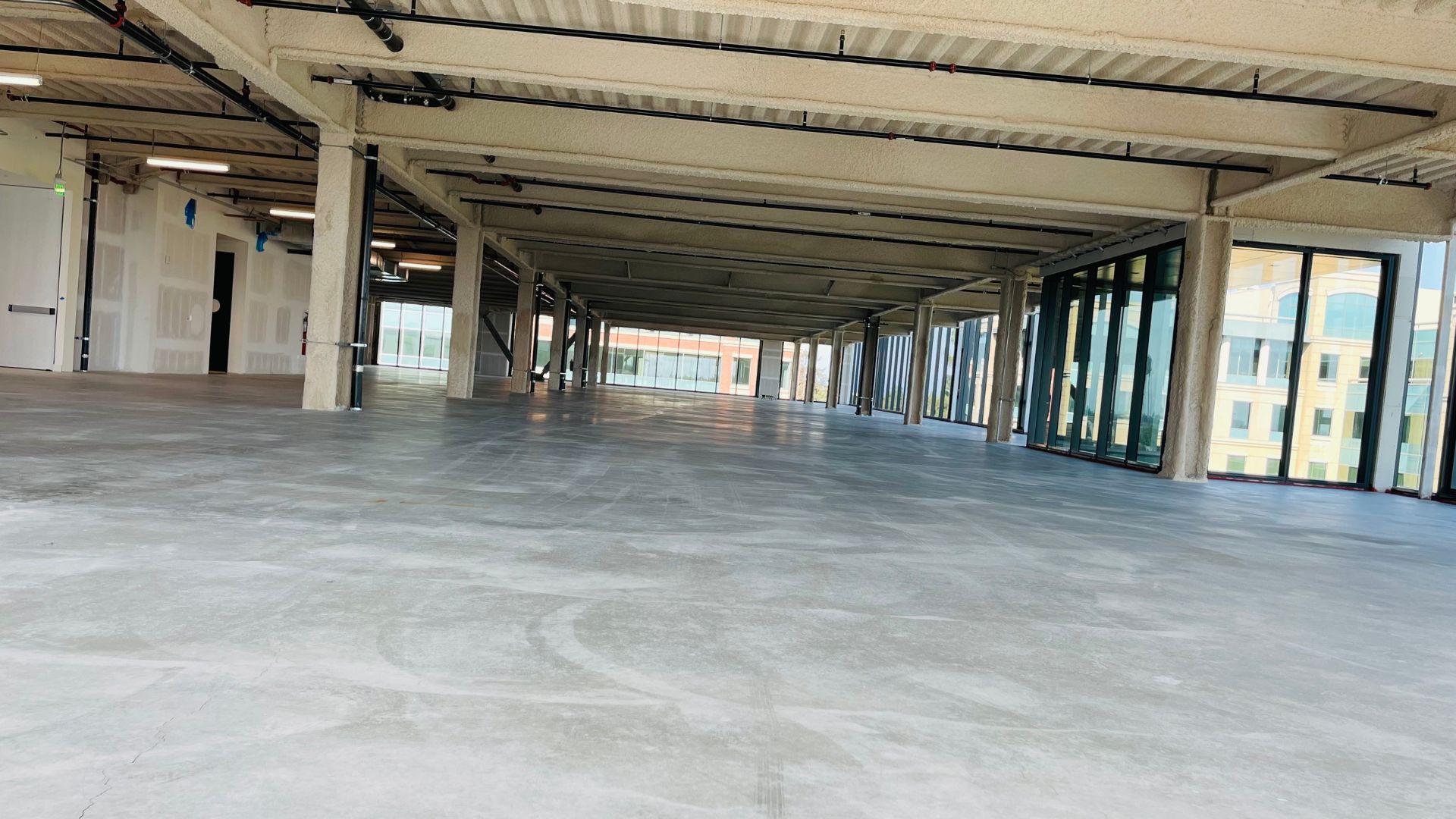
Key considerations for larger sites:
More extensive debris and material to remove.
Additional equipment required to reach high or hard-to-access areas.
Longer completion times, increasing labor costs.
2. Type of Construction Project
The type of project—whether it’s a residential, commercial, or industrial build—also plays a role in determining cleaning costs. Each type has unique cleaning requirements:
Residential Projects
These typically involve less heavy-duty cleaning but may require attention to detail, such as cleaning fixtures, cabinetry, and flooring.
Commercial Projects
Office buildings, retail spaces, and warehouses often require a deeper cleaning due to the size and variety of materials used.
Industrial Projects
Factories or manufacturing facilities may involve hazardous materials or specialized equipment, increasing the complexity and cost.
3. Level of Cleaning Required
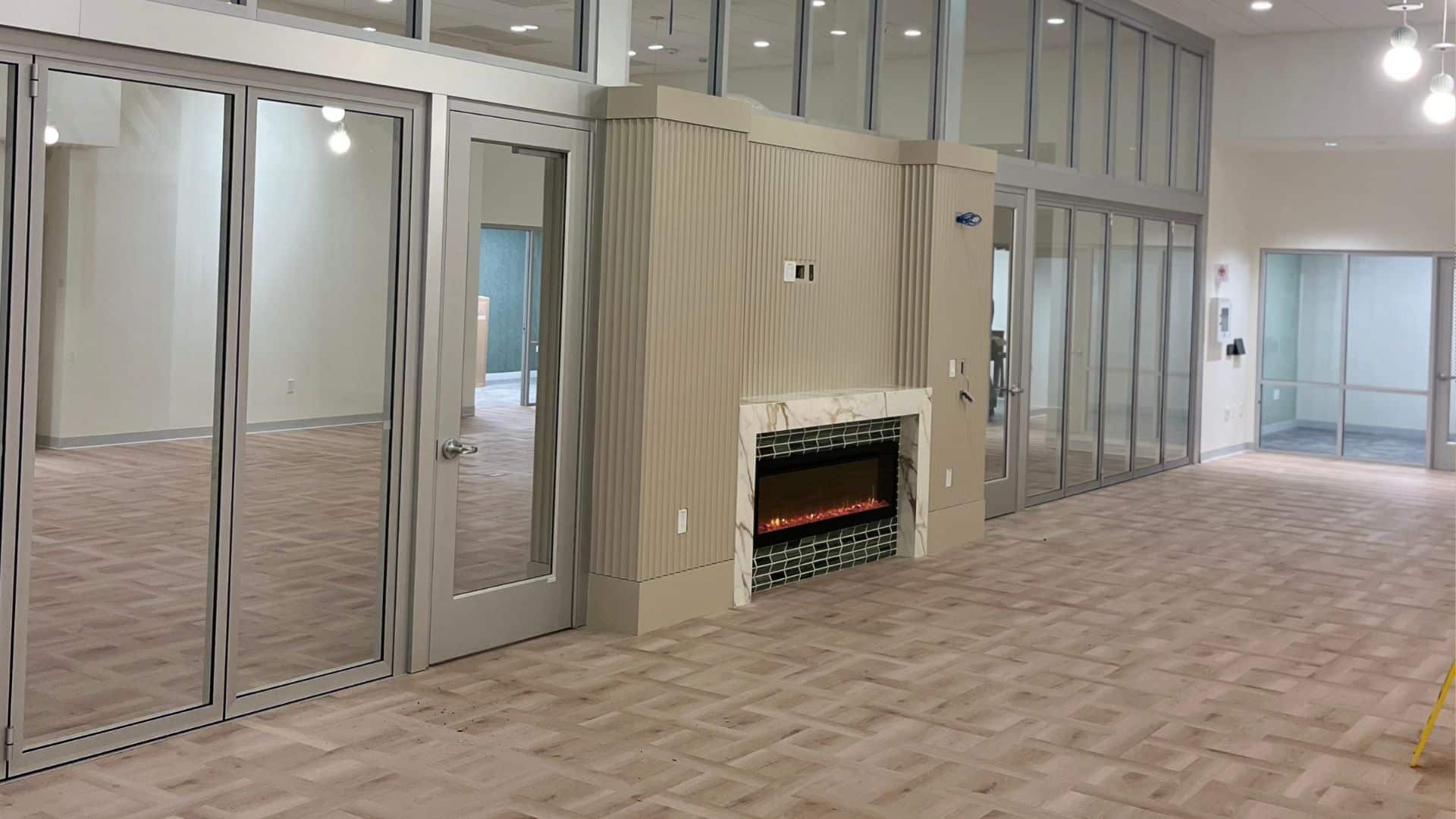
Initial Cleaning
Occurs during construction to remove major debris. Tasks include:
- Collecting and disposing of large construction debris.
- Removing excess dirt and dust from the site.
Rough Cleaning
Performed after the completion of construction but before final inspections. Tasks include:
- Cleaning floors, walls, and windows.
- Removing stickers, adhesive residue, and drywall dust.
Final Cleaning
Involves detailed cleaning to prepare the space for occupancy. Tasks include:
- Sanitizing surfaces, restrooms, and kitchens.
- Polishing windows, floors, and fixtures.
- Projects requiring all three phases will naturally cost more than those needing only one or two.
4. Amount and Type of Debris
The volume and nature of debris can significantly impact costs. For example:
- Concrete, bricks, and heavy materials require special handling and disposal methods, increasing costs.
- Hazardous waste like paint, asbestos, or chemicals requires compliance with safety and environmental regulations, further driving up expenses.
- General waste like packaging, cardboard, and scrap wood is easier to handle and costs less.
Proper waste segregation during construction can reduce cleaning costs by simplifying the disposal process.
5. Accessibility of the Site
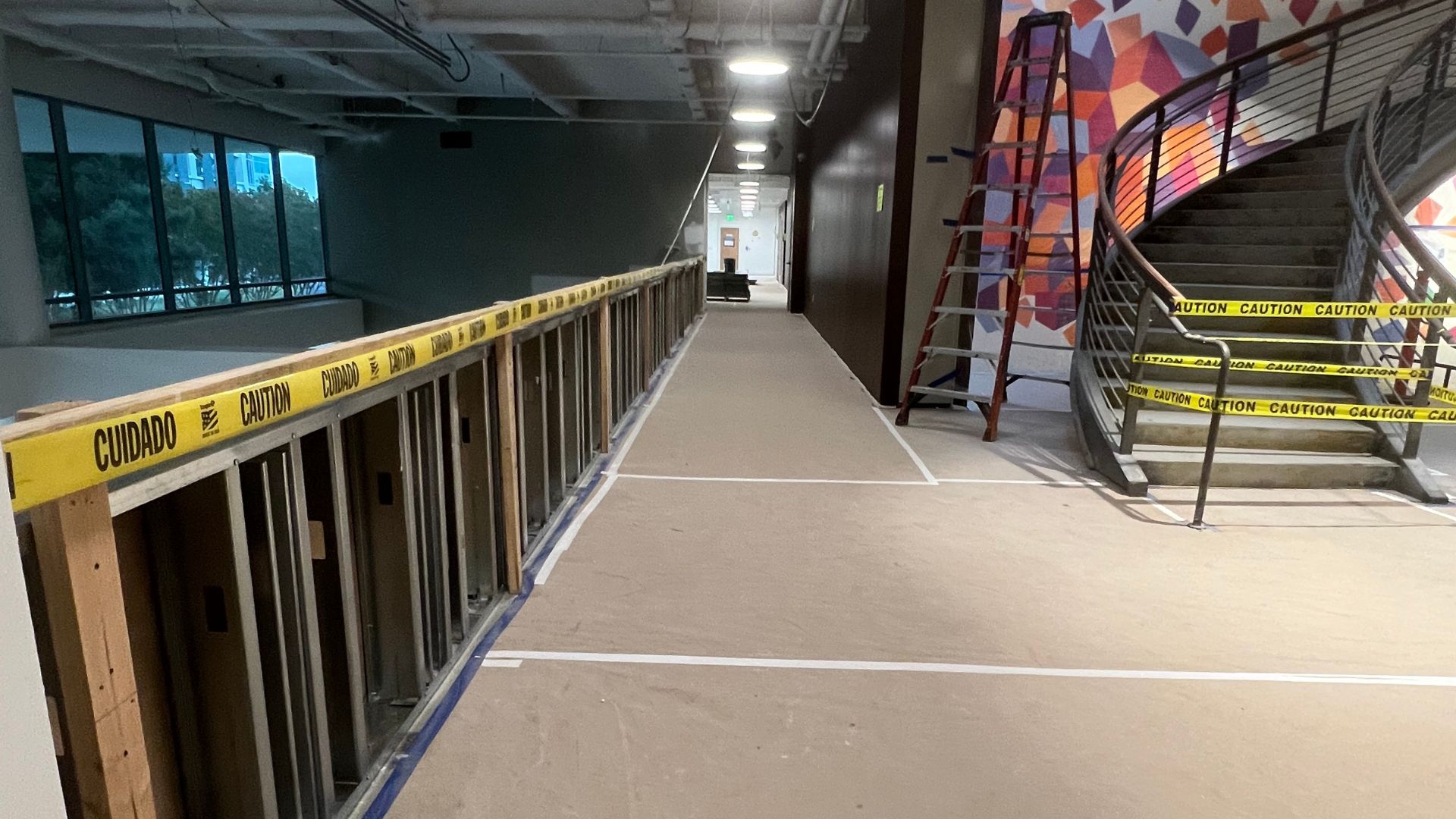
- Urban locations with limited parking or access may require permits or additional transportation planning.
- Remote locations may involve higher travel costs and equipment transportation fees.
- Multi-level buildings or tight spaces require specialized equipment, such as lifts or scaffolding, adding to the cost.
6. Specialized Cleaning Requirements
Some projects demand specialized cleaning due to unique materials, surfaces, or environmental concerns:
- Cleaning glass facades or polished stone surfaces without damaging them requires skilled labor and specific products.
- Industrial sites may need degreasing or decontamination processes.
- Projects aiming for LEED certification or other green building standards may require eco-friendly cleaning products, which can be more expensive.
7. Labor Costs
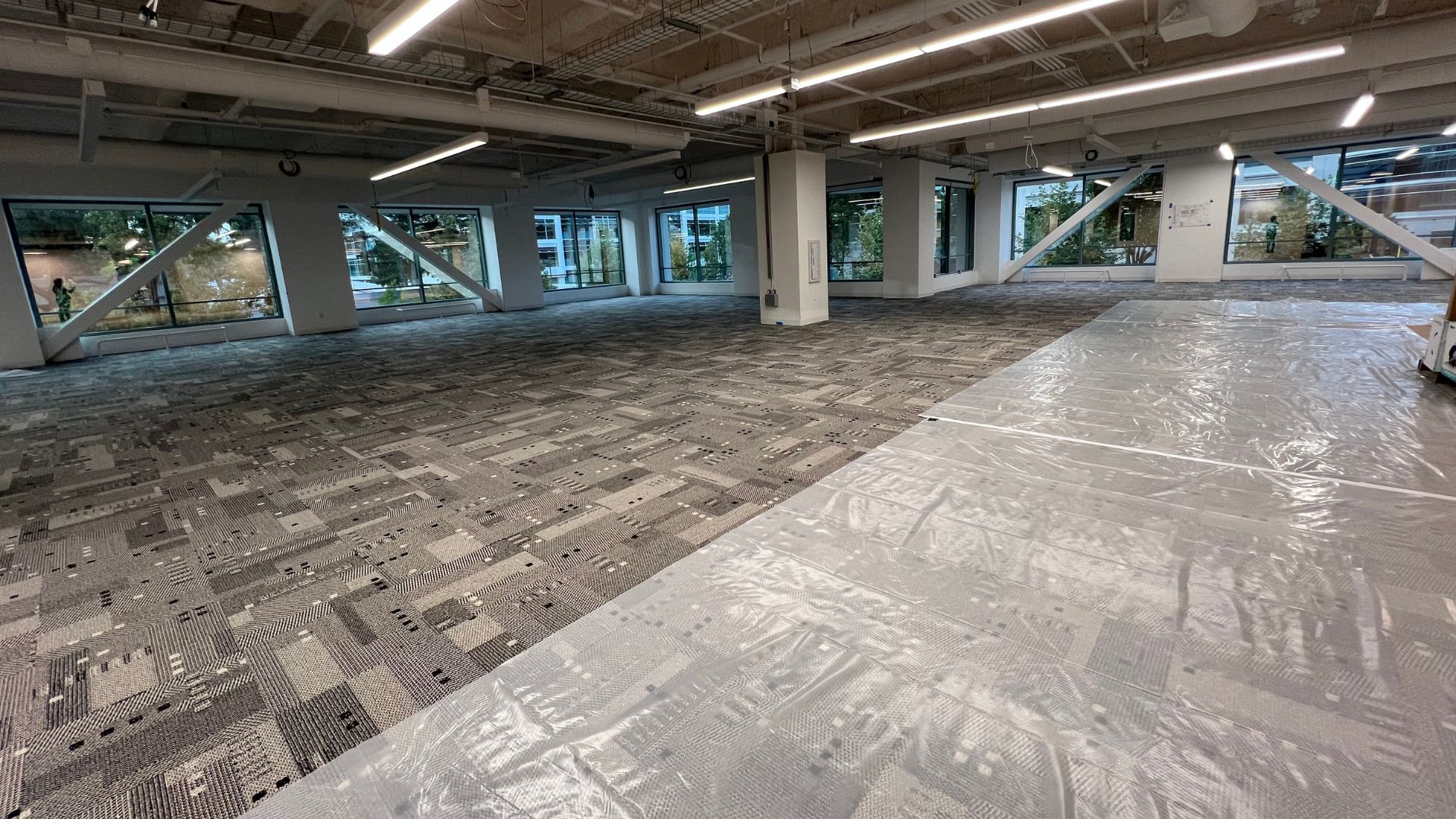
- The size of the cleaning crew needed to complete the job within your timeline.
- The level of expertise required—skilled workers may charge higher rates.
- Local labor market conditions. For example, labor rates in the Bay Area are higher than in many other regions due to the cost of living.
8. Timeline and Scheduling
If your project is under a tight deadline, expedited cleaning services may cost more. Cleaning companies may need to:
- Bring in additional workers to meet the timeline.
- Work after hours, on weekends, or during holidays, which typically incurs premium rates.
9. Equipment and Supplies
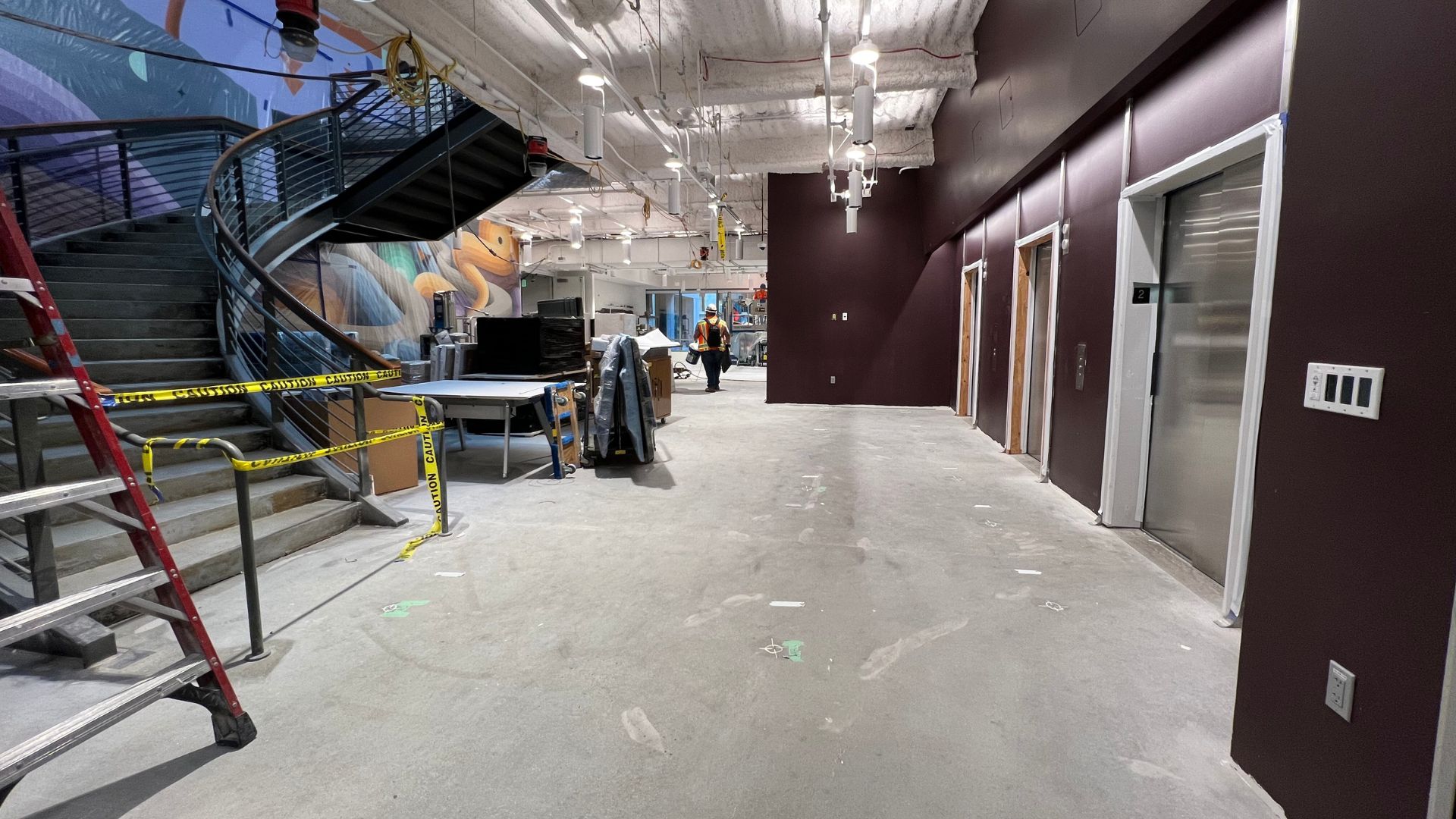
Modern construction cleaning often requires specialized tools and products to achieve optimal results:
- Heavy-duty vacuums and pressure washers.
- Ladders, scaffolding, and aerial lifts for high areas.
- Eco-friendly or specialized cleaning chemicals.
- If a site requires equipment that the cleaning company doesn’t own, rental fees may be added to the invoice.
10. Regional Factors
Finally, location plays a key role in construction cleaning costs:
- Areas with higher costs of living, like San Jose, CA, often have higher service rates.
- Local regulations and disposal fees for construction debris can vary widely. Understanding these fees is crucial for budgeting.
How to Optimize Construction Cleaning Costs
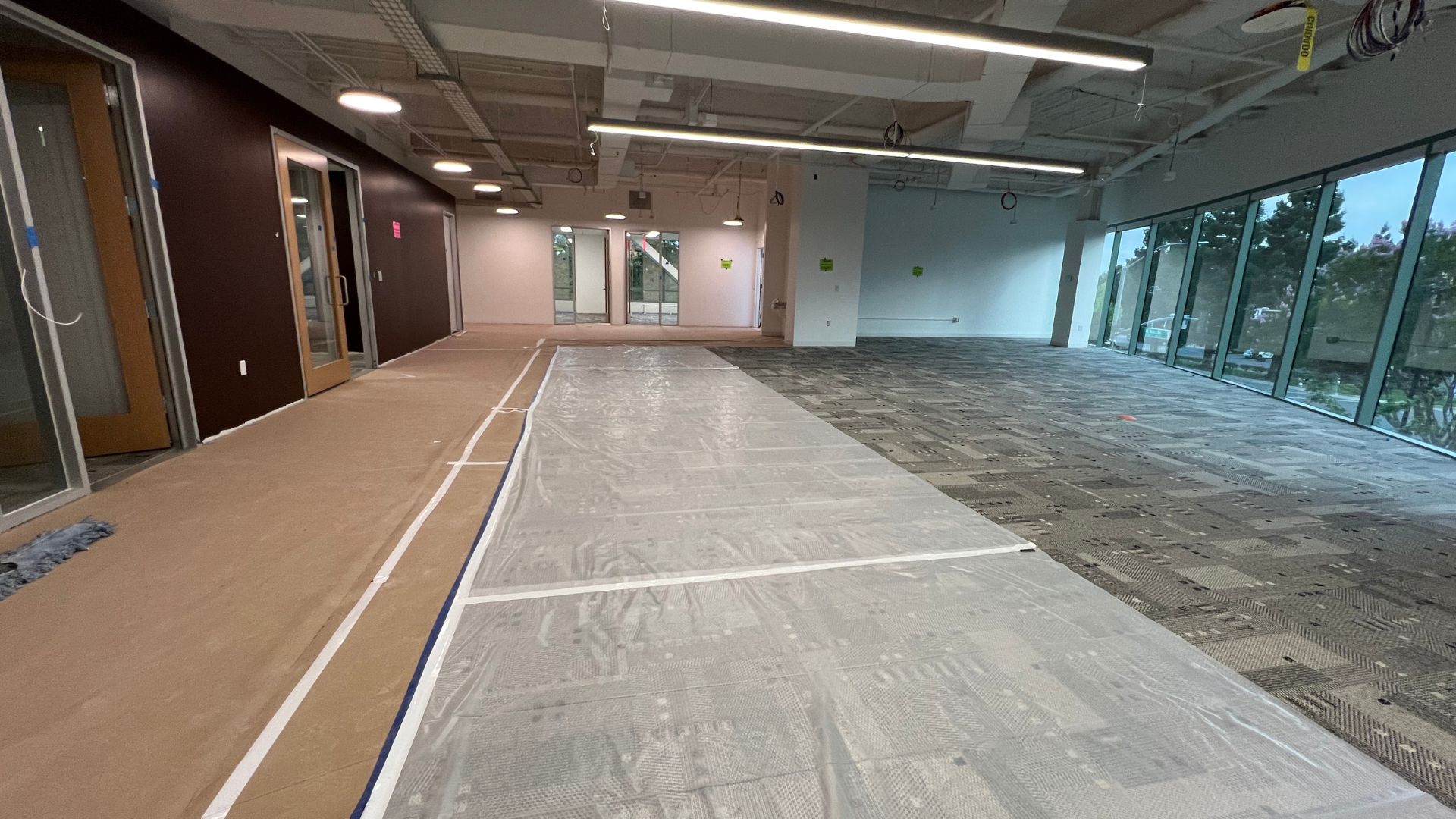
- Plan Ahead: Include cleaning costs in your initial project budget to avoid surprises.
- Communicate Clearly: Provide cleaning companies with detailed project scopes to receive accurate quotes.
- Hire Experienced Professionals: A reliable cleaning company like Quality Matters, LLC in Santa Clara, CA, ensures efficient, high-quality service, ultimately saving you money in the long run.
- Separate Debris: Encourage contractors to separate recyclable materials to reduce disposal fees.
- Choose Local Providers: Hiring local cleaning companies minimizes transportation and logistics costs.
Conclusion
Understanding the cost factors in construction cleaning is essential for project supervisors and owners aiming to deliver quality results while staying on budget. You can better estimate costs and manage expectations by considering factors such as site size, project type, and debris volume.
If you’re looking for professional construction cleaning services in the San Jose, CA area, Quality Matters, LLC has over 30 years of experience in delivering exceptional results. Contact us at (408) 532-3153 or visit QMLLC.net to learn how we can help you finish your project with a clean slate.

